Understanding Nutrition
Our Process of Creation

1. Intent
1. Intent
Each product we create has a reason to exist: to nourish, to restore, to make daily life a little better. We pause before making anything new, asking if it’s truly needed. There’s already enough waste and repetition in the world. If someone else has already found a better way, we’re content to let them lead. What matters most is integrity and making things that serve, not simply sell.

2. Research
2. Research
Research begins simultaneously. We test our assumptions early, turning to science, real-world experience, and honest feedback to guide each decision. This constant learning keeps us grounded. Each product is built on understanding, not assumptions or fads.

3. Ingredients
3. Ingredients
With preliminary research to start, we begin to build. Every ingredient is chosen with care to be clean, effective, and to work in harmony with the others. No artificial sweeteners, no colours, no shortcuts. Each element is reviewed for its purpose, quality, and origin.

4. Recipe
4. Recipe
We then combine these ingredients in countless iterations to optimize for taste, texture, and nutrition. Because we stay away from artificial ingredients and shortcuts, this stage takes time. We test, refine, and adjust for shelf life, stability, and efficient production,. Even after launch, we keep iterating. Our question: how could we make this even better for our customers?

5. Product
5. Product
A product is more than a recipe. it’s also how it’s packaged, protected, priced, and shared. We partner with suppliers we trust and design packaging that preserves freshness and safety. Our prices are set to be fair: to cover quality ingredients, ethical production, and the research needed to keep improving. Growth matters only because it helps us reach more people and do more good.
A Brief Tour of Macronutrients
Protein

Protein is one of the body’s essential building blocks, supporting muscle repair, immune function, and overall cellular health. Proteins are built from amino acids.
Protein is the body’s repair and building system. Every muscle fibre, cell membrane, enzyme, and strand of hair depends on it. When you eat protein, your body breaks it down into amino acids, which are then used to:
Repair and build muscle tissue after daily wear or exercise; support skin, hair, and nail health; form enzymes and hormones that drive metabolism and immune function; Maintain strong bones, joints, and connective tissue.
Protein comes from both animal and plant sources. Each provide different types and balances of amino acids, the building blocks of protein.
Animal-based sources include meat, eggs, dairy, fish, and collagen (which comes from connective tissues like skin and bone). Plant-based proteins come from foods like beans, lentils, oats, nuts, and seeds.
Proteins are made up of amino acids: like puzzle pieces your body used to build muscle, enzymes, skin, and more. Out of 20 amino acids, nine are “essential” because your body can’t make them on its own and you have to get them from eating food.
A complete protein contains all nine essential amino acids in good balance. An incomplete protein is missing one or more of them.
Not all proteins are absorbed the same way or at the same speed. This difference is called bioavailability, which measures how effectively your body can digest, absorb, and use the amino acids in a protein source.
1. Casein digests slowly, providing a steady release of amino acids over several hours.
2. Plant proteins often have lower bioavailability due to fibre and natural anti-nutrients that limit absorption.
3. Collagen protein, on the other hand, is broken down into small peptides that are easily absorbed and used directly for rebuilding connective tissues, skin, joints, and muscles.
Protein is essential for everyone. Without enough of it, your body can’t properly repair or maintain itself. Over time, low protein intake can lead to slower muscle recovery and loss of lean mass, fatigue, weakness, reduced focus, brittle hair and nails, dull skin, compromised immunity and slower healing.
In more severe or prolonged cases, especially when both protein and calories are lacking, the body begins to break down its own tissues to survive. This condition is known as Protein–Energy Malnutrition (PEM).

Zentein's Choice: Collagen Protein
Zentein's Choice: Collagen Protein
Collagen is a natural, bioavailable protein sourced from grass-fed bovine. It is the same type of collagen found in your body’s connective tissues, muscles, joints, skin, and hair. We use collagen because it provides glycine, proline, and hydroxyproline: amino acids that support joint health, muscle recovery, gut integrity, and youthful skin. Additionally, it is free from lactose, soy, and gluten. Collagen should be easy to digest,with no-bloating.

Gelatin vs. Peptides
Gelatin vs. Peptides
Collagen peptides and gelatin come from the same natural source, but each plays a unique role in food and nutrition. When collagen is gently cooked, it becomes gelatin: a pure protein that gives our bars and squares their soft, chewy texture while naturally binding ingredients together without synthetic additives.
When collagen is broken down into smaller peptides, it becomes collagen peptides, a highly soluble and easily absorbed form that dissolves instantly in hot or cold liquids, making it ideal for our collagen powders.
Both are clean, functional proteins your body recognizes and uses. We simply choose the form that performs best for each product.

No Whey
No Whey
While whey protein is popular, we chose not to use it in our formulas. Whey can be harder to digest for some people and may cause bloating or gastrointestinal discomfort. Plus, with so many other products already offering whey, there are a lot of other alternatives. We wanted to focus on a protein source that provides unique functional benefits that go beyond typical protein powders.
Collagen, Completed by Nature

How Your Body Really Uses Protein
How Your Body Really Uses Protein
You don’t need every amino acid at once.
.
Your body is smarter than that. It stores and uses amino acids throughout the day, just like it does with vitamins and minerals.
.
That means balance comes from your daily diet, not every single bite.

Too Much Protein?
Too Much Protein?
Your body uses protein primarily for building and repairing tissues, as well as for other vital functions. Once your body's protein needs are met, any extra protein is converted into energy or stored as body fat, depending on your overall nutritional balance and activity level.
.
Getting the right balance matters. Consistently eating more protein than your body requires, especially from processed or low-quality sources, may strain your system and crowd out other essential nutrients like carbohydrates, fiber, and healthy fats.
.
The overall quality of your protein (its amino acid profile and digestibility) also affects how well your body can use it for recovery and health.

Novel Sources of Protein
Novel Sources of Protein
Novel proteins are new or emerging sources of protein that go beyond the traditional animal and plant options we’re used to.
.
In 2020 we trialled cricket protein for its impressive amino acid profile and sustainability potential. While it didn’t make it into our final recipes, it sparked our ongoing interest in innovative nutrition.
.
Today, other novel proteins are gaining ground, including fermented proteins, microalgae, single-cell proteins, and precision-fermented dairy. These technologies offer promising ways to create clean, complete, and environmentally friendly proteins for the future.
Carbohydrate

Carbohydrates are one of the body’s main energy sources. They’re broken down into glucose, the fuel your brain, muscles, and cells rely on to perform.
Carbs power nearly every system in your body. They support focus, movement, recovery, and even mood by fueling your nervous system and replenishing muscle glycogen after activity. Without enough carbs, your body turns to protein or fat for energy.
Whole food sources like grains, fruits, vegetables, and legumes are the best ways to get carbs. In Zentein products, we use oats, crisped rice, and natural sweeteners like honey or fruit to provide slow-burning energy that’s balanced with protein and healthy fats.
Simple carbohydrates (like refined sugar) break down quickly, causing sharp spikes and drops in energy.
Complex carbohydrates (like oats or brown rice) digest more slowly, providing sustained energy and fibre that supports gut health.
Carbohydrates vary in how fast they’re absorbed. The glycemic index (GI) measures this rate: high-GI carbs (like sugar) are absorbed rapidly, while low-GI carbs (like oats) release energy gradually. We balance fast- and slow-digesting carbs to keep blood sugar stable and energy consistent.
When carb intake is too low, your body breaks down protein and fat for energy. This can lead to fatigue, slower recovery, brain fog, and decreased physical performance. Over time, it may impact hormone balance and mood regulation. Balanced carbs are essential for sustained wellness and function.

Canadian Honey
Canadian Honey
At Zentein, our preferred choice is pure Canadian honey. Nature’s sweetener and so much more. It adds gentle sweetness while acting as a natural preservative that helps keep our bars fresh without artificial additives.
.
Honey also provides trace enzymes, antioxidants, and minerals that support overall wellness.
.
Sourced from trusted Canadian beekeepers, it’s a clean, functional ingredient that brings balance, flavour, and integrity to every bite.
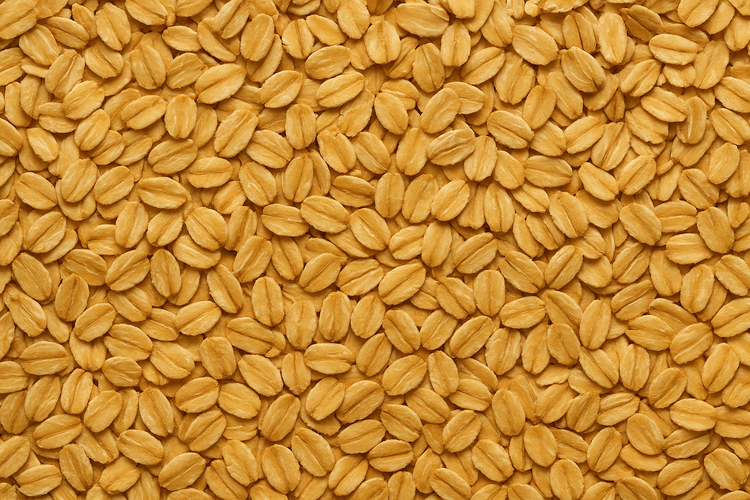
Canadian Rolled Oats
Canadian Rolled Oats
We use rolled oats to provide slow-digesting carbohydrates that deliver steady, long-lasting energy. Their rich fibre content, especially beta-glucan, supports heart health, helps maintain healthy cholesterol levels, and promotes digestive balance.
.
Oats are also a natural source of essential vitamins, minerals, and antioxidants including manganese, phosphorus, magnesium, iron, and B vitamins that work together to support energy metabolism and overall well-being.
.
(Naturally gluten-free, though often processed in facilities that handle gluten.)
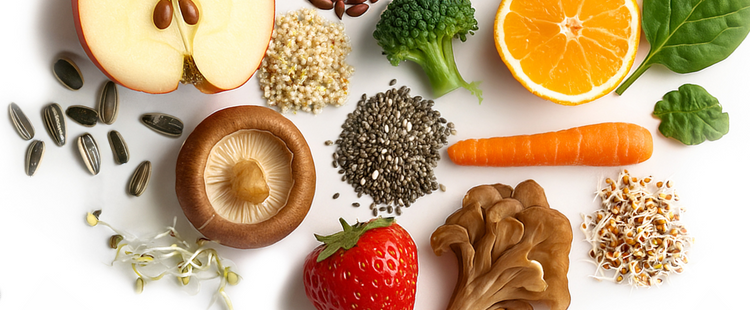
Superfood Blend
Superfood Blend
Our Superfood Blend brings together a curated mix of carbohydrate-rich whole foods: vegetables, fruits, seeds, and functional mushrooms.
.
These nourish your body with clean, natural energy. Unlike refined sugars or simple starches, these sources provide complex carbohydrates paired with fibre, antioxidants, and phytonutrients that fuel both body and mind.
The Glycemic Index
The Glycemic Index (GI) ranks how quickly foods raise blood sugar on a scale from 1 to 100.

Low: 0-55
Low: 0-55
Oats, beans, apples, berries, oranges, broccoli, spinach, peppers, quinoa

Med: 56-69
Med: 56-69
Honey, brown rice, pineapple, couscous, raisins, popcorn
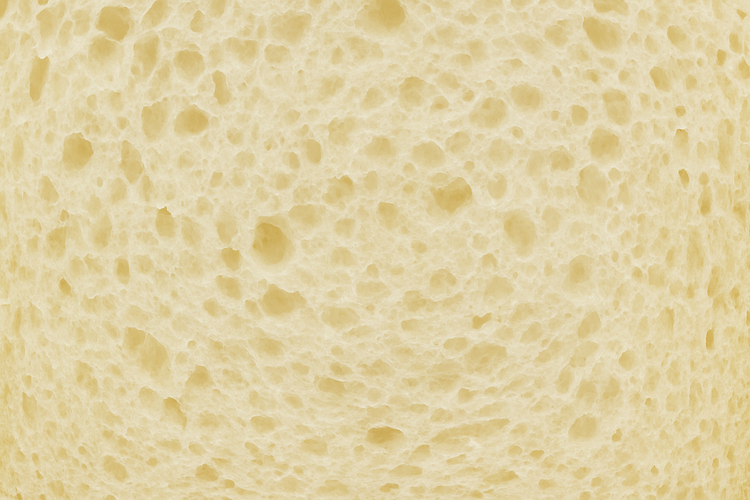
High: 70-100
High: 70-100
Baguette bread, baked russet potato, soda, white bread, candy bars
Not All Sweeteners Are Created Equal
Fats

Fat is one of the three main macronutrients your body needs for energy and survival. It’s made up of fatty acids that serve as a dense source of fuel, provide insulation, and help your body absorb essential vitamins. There are several types, including saturated, unsaturated, and trans fats. Each affect health differently.
Fat is essential for hormone production, brain function, and cell structure. It also helps your body absorb fat-soluble vitamins (A, D, E, and K) and provides long-lasting energy. Healthy fats support glowing skin, strong hair, and proper nerve function.
Fats come from both plant and animal foods. Healthy sources include nuts, seeds, avocados, olive oil, eggs, fatty fish, and dairy. Even some whole grains and dark chocolate contain beneficial fats. The key is choosing natural, minimally processed fats rather than industrial or hydrogenated oils.
No. In fact, many fats are good for you. Unsaturated fats from foods like avocados, nuts, seeds, and fish support heart and brain health. The fats to limit are trans fats and heavily processed oils, which can raise inflammation and cholesterol.
Fat digestion begins in the small intestine, where bile and enzymes break it down for absorption. Fat-soluble nutrients (like omega-3s or vitamin D) rely on this process to enter your bloodstream. Eating fat with other whole foods can actually improve nutrient absorption, helping your body get the most out of your meal.
A low-fat diet can cause fatigue, dry skin, hormone imbalances, and trouble concentrating. Over time, it may also lead to deficiencies in fat-soluble vitamins and omega fatty acids, affecting immunity, mood, and overall health. Your brain and body both depend on healthy fats to perform their best.

Delicious Nut Butters
Delicious Nut Butters
Nut butters are where taste meets nutrition. Naturally rich in healthy fats, protein, and essential vitamins, they bring both flavour and function to our recipes. Peanut butter (our current favourite) adds a creamy texture and satisfying taste to our bars while supplying lasting energy. We’re also experimenting with other nut butters like almond, cashew, and hazelnut to expand both flavour and nutrient variety. Each one offers its own unique balance of healthy fats, antioxidants, and minerals.

Flavour and Texture Builder
Flavour and Texture Builder
Fats make food come alive. They carry flavour, soften texture, and turn simple ingredients into something craveable. The smoothness of nut butters, the richness of seeds, and the subtle creaminess of healthy oils all work together to make each bite more enjoyable. Beyond nutrition, fats give our products their satisfying feel and full-bodied taste: the kind of balance that keeps you coming back for more.

Separation is Natural
Separation is Natural
Tell your story
Healthy oils from the nuts naturally separate over time . To prevent this separation, many commercial nut butters go through a process called hydrogenation, where oils are chemically altered to stay solid and mixed. While this creates a smoother texture, it also produces trans fats which are a type of fat linked to inflammation, higher LDL (“bad”) cholesterol, and greater risk of heart disease.
Destination: Micronutrients

Vitamins
Vitamins
There are two main types: fat-soluble vitamins (A, D, E, and K), which are stored in the body’s fat and used gradually, and water-soluble vitamins (like vitamin C and the B-complex group), which must be replenished regularly.
Some key examples include:
.
Vitamin A – supports vision and skin health; found in carrots, sweet potatoes, and leafy greens
.
Vitamin D – vital for strong bones and mood balance; made from sunlight and found in fortified dairy, fish, and egg yolks
.
Vitamin E – a powerful antioxidant that protects cells; found in nuts, seeds, and plant oils
.
Vitamin K – helps blood clot and bones stay strong; found in spinach, kale, and broccoli
.
Vitamin C – boosts immune defense and collagen formation; found in citrus fruits, berries, and peppers
.
B Vitamins (B1–B12) – fuel metabolism, brain function, and red blood cell production; found in whole grains, legumes, eggs, and lean meats

Minerals
Minerals
Minerals help build and regulate: strengthening bones, maintaining fluid balance, transmitting nerve signals, and supporting heart, muscle, and hormone function. They’re divided into two groups: major minerals (needed in larger amounts) and trace minerals (needed in tiny amounts but just as vital).
.
Some key examples include:
.
Calcium – builds bones and teeth, supports muscle function; found in dairy products, fortified plant milks, tofu, and leafy greens
.
Magnesium – helps muscles relax, supports energy production; found in nuts, seeds, whole grains, and dark chocolate
.
Potassium – regulates fluids and heartbeat; found in bananas, avocados, potatoes, and beans.
.
Iron – carries oxygen in the blood; found in red meat, lentils, spinach, and fortified cereals
.
Zinc – boosts immunity and wound healing; found in meat, shellfish, seeds, and legumes
.
Selenium – protects cells from damage and supports thyroid health; found in Brazil nuts, fish, and eggs
.
Iodine – essential for thyroid hormones that .control metabolism; found in seafood and iodized salt
Superfood Blend: Diversity of Nutrition in Every Spoonful

Apple
Tell yRich in vitamin C for immune support and polyphenols like quercetin and catechins that help protect cells from oxidative stress and inflammation.our story
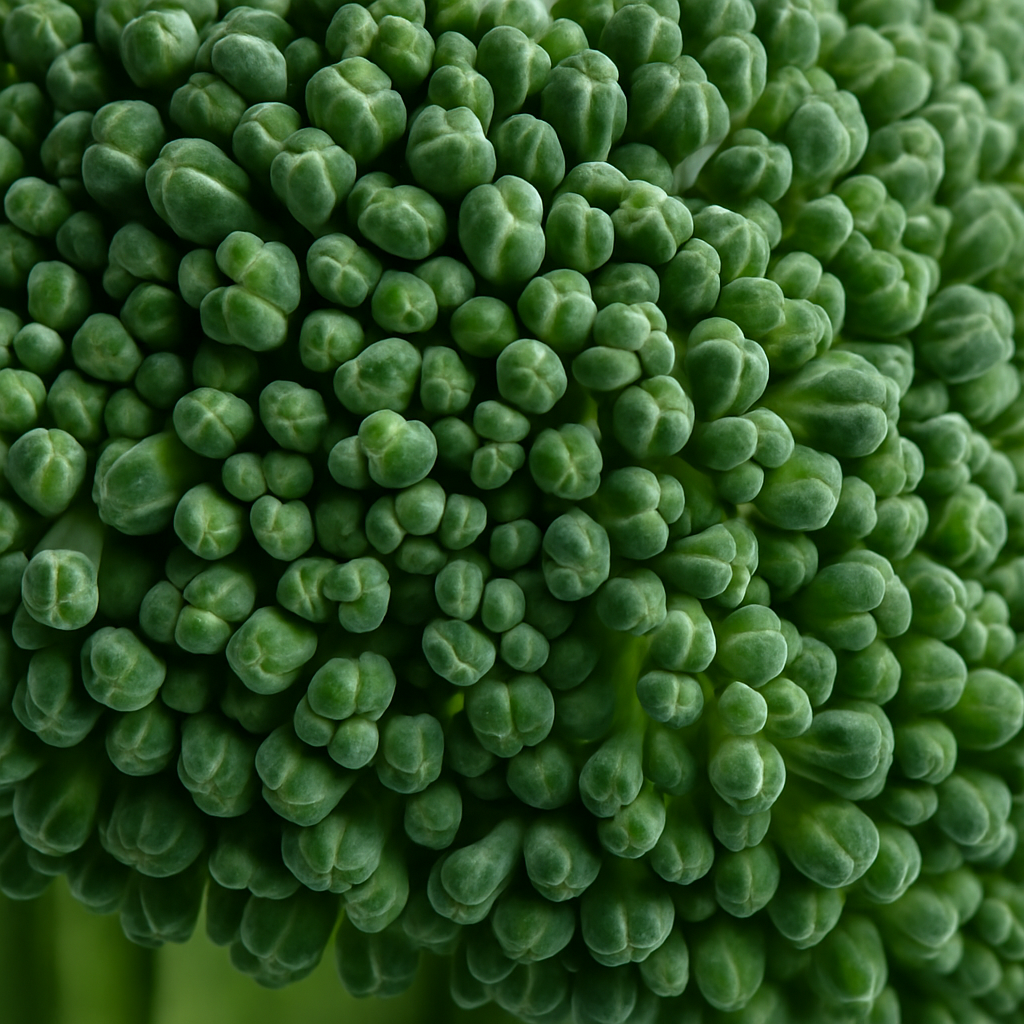
Broccoli
Provides vitamin C, vitamin K, and folate along with unique compounds like sulforaphane, which supports detoxification, reduces oxidative stress, and promotes long-term cellular health.

Orange
A powerhouse of vitamin C to strengthen immune defenses and support collagen production, plus flavonoids like hesperidin that promote heart health and help reduce inflammation.

Carrot
High in beta-carotene, a precursor to vitamin A that supports vision, immune health, and cellular repair, along with antioxidants that help reduce oxidative stress.
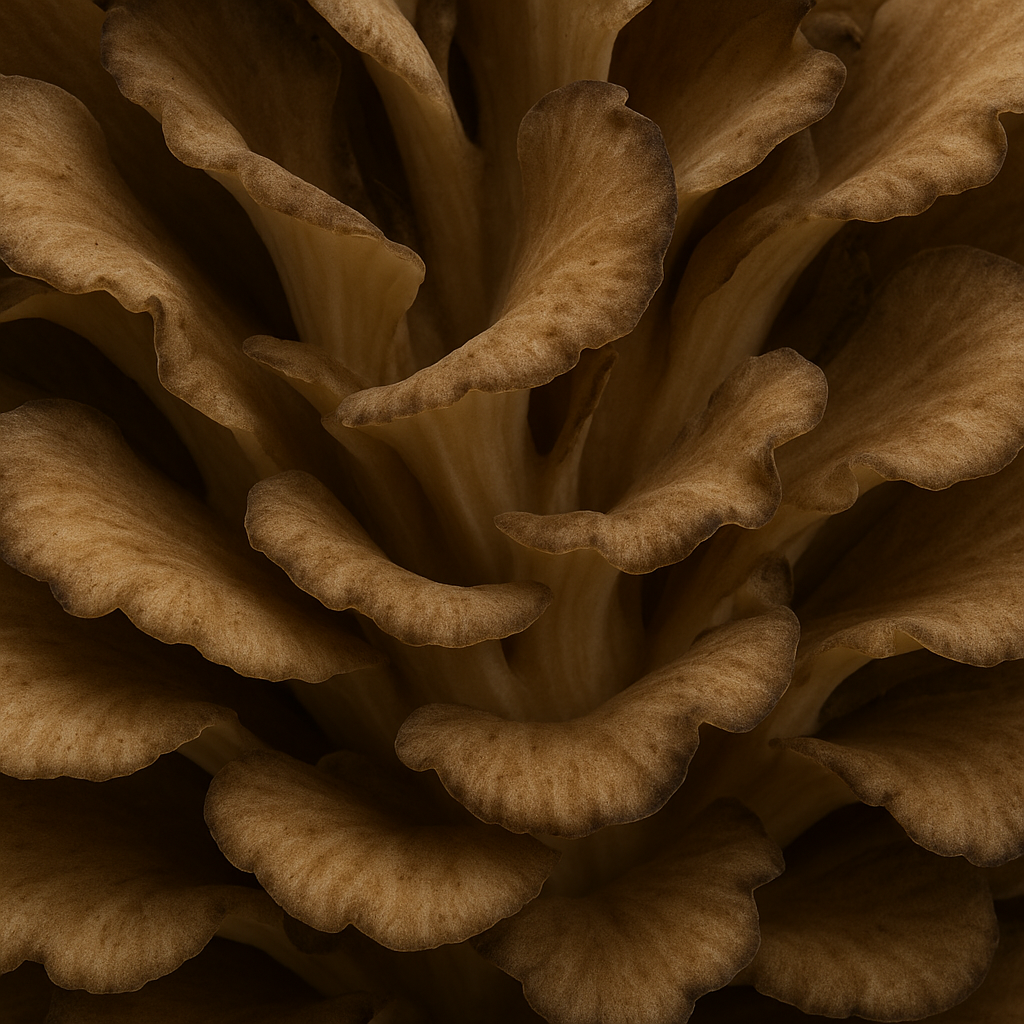
Maitake Mushroom
More beta-glucans for immune support, plus unique compounds like lentinan, studied for its role in enhancing immune response, and eritadenine, which helps support healthy cholesterol levels and cardiovascular health.
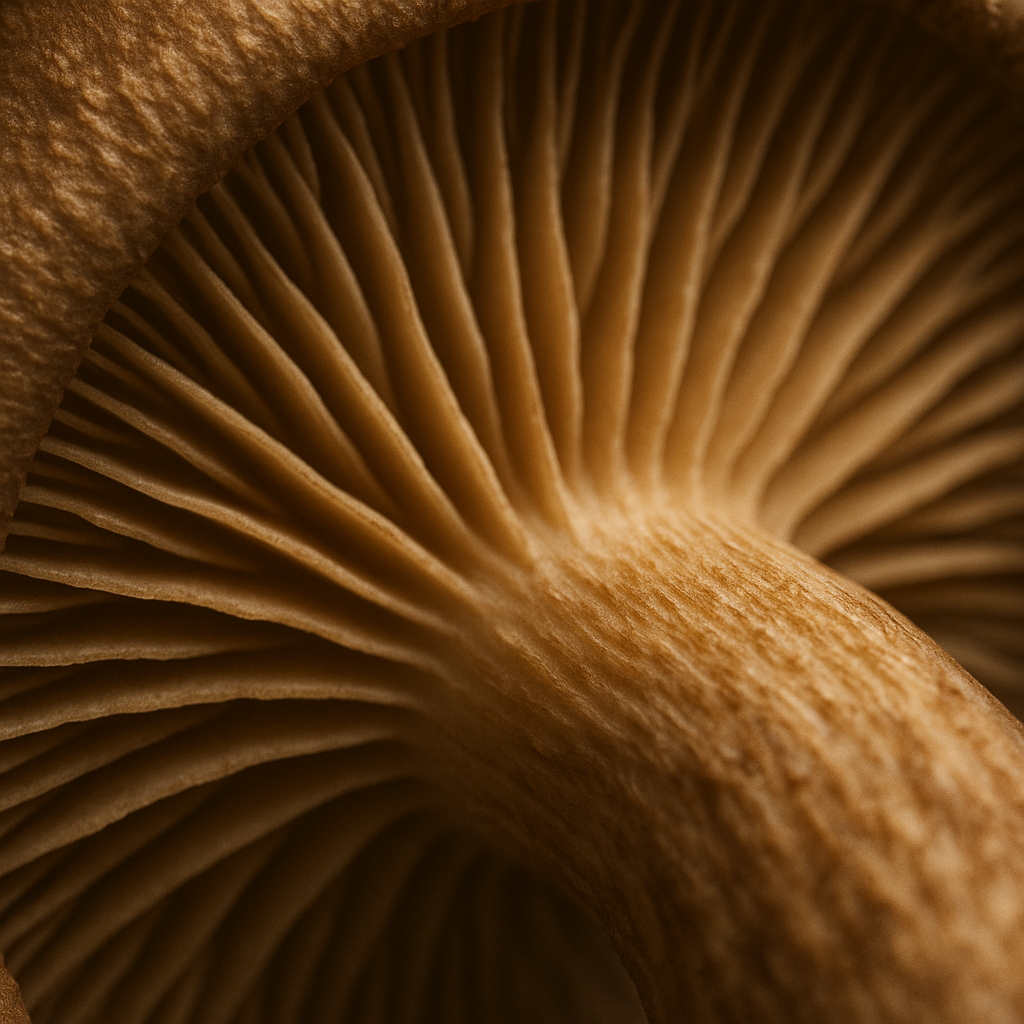
Shiitake Mushroom
More beta-glucans for immune support, plus unique compounds like lentinan, studied for its role in enhancing immune response, and eritadenine, which helps support healthy cholesterol levels and cardiovascular health.
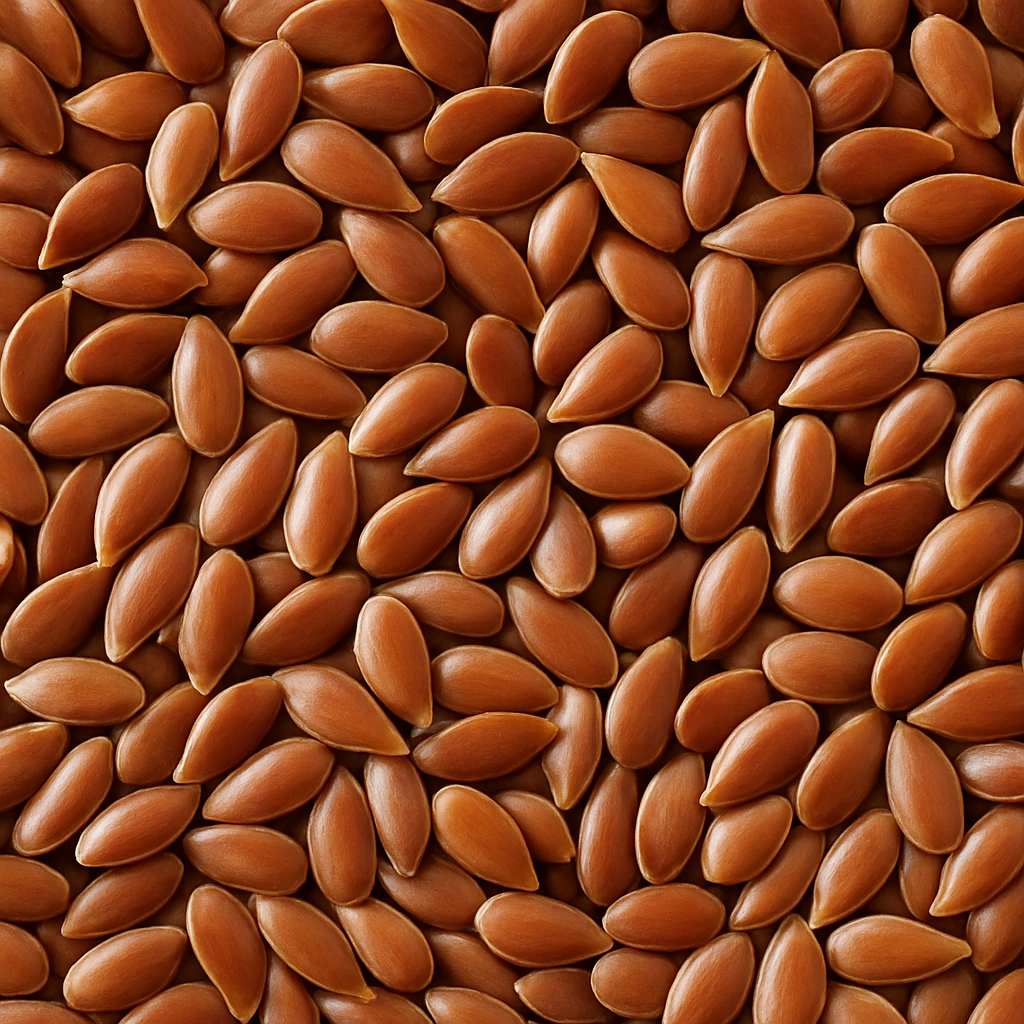
Flax Seeds
Provides ALA omega-3s along with unique lignans, phytoestrogens with antioxidant and hormone-balancing properties. Also a natural source of magnesium and manganese, supporting metabolism and overall vitality.
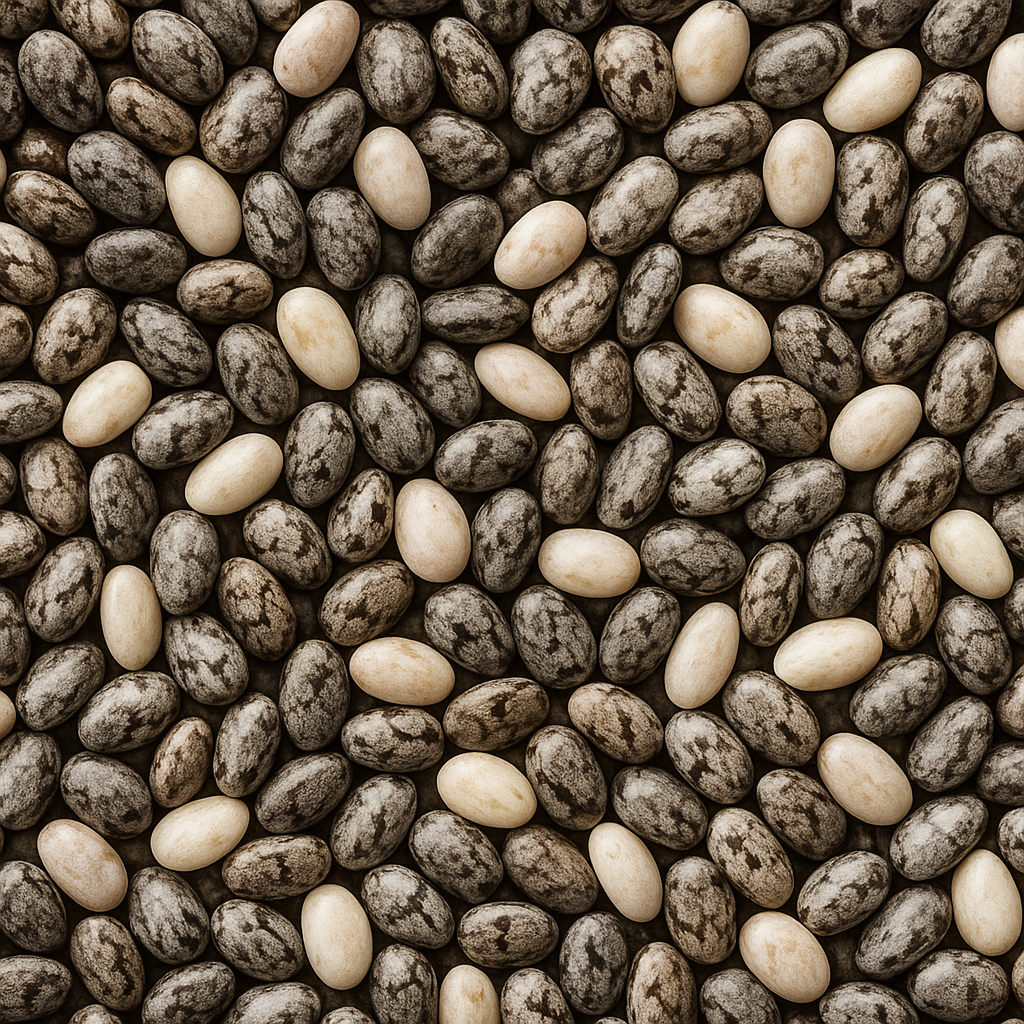
Salba® Chia Seeds
A highly nutrient-dense variety of chia seed, naturally standardized for consistency. To learn more about what make it top tier over normal chia.
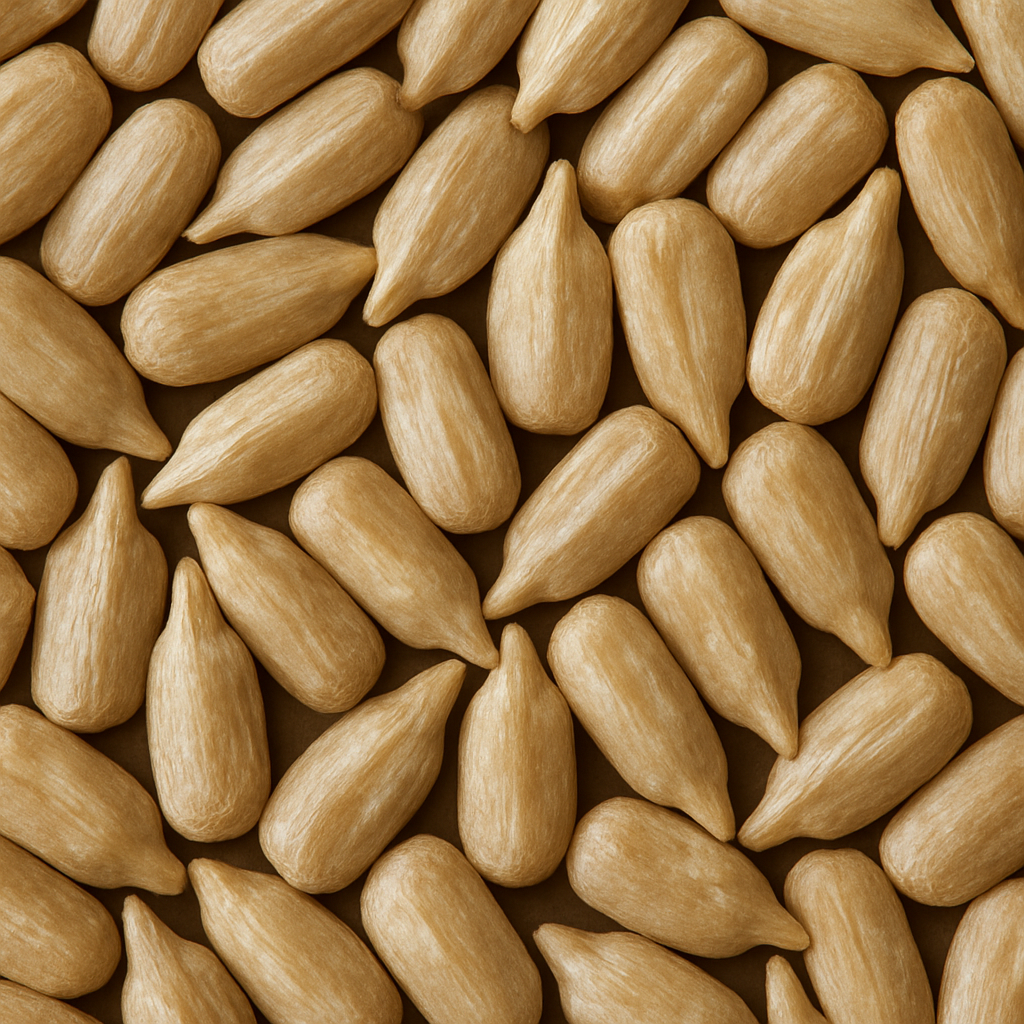
Sunflower Seeds
Packed with vitamin E, a powerful antioxidant that helps protect cells, plus selenium, magnesium, and healthy fats to support heart health and overall vitality.

Sprouted Millet
Sprouted millet is rich in B vitamins, magnesium, and phosphorus. These nutrients support steady energy, bone health, and metabolism. Sprouting enhances its antioxidant content and increases amino acid availability, making it a well-rounded grain for sustained nourishment.
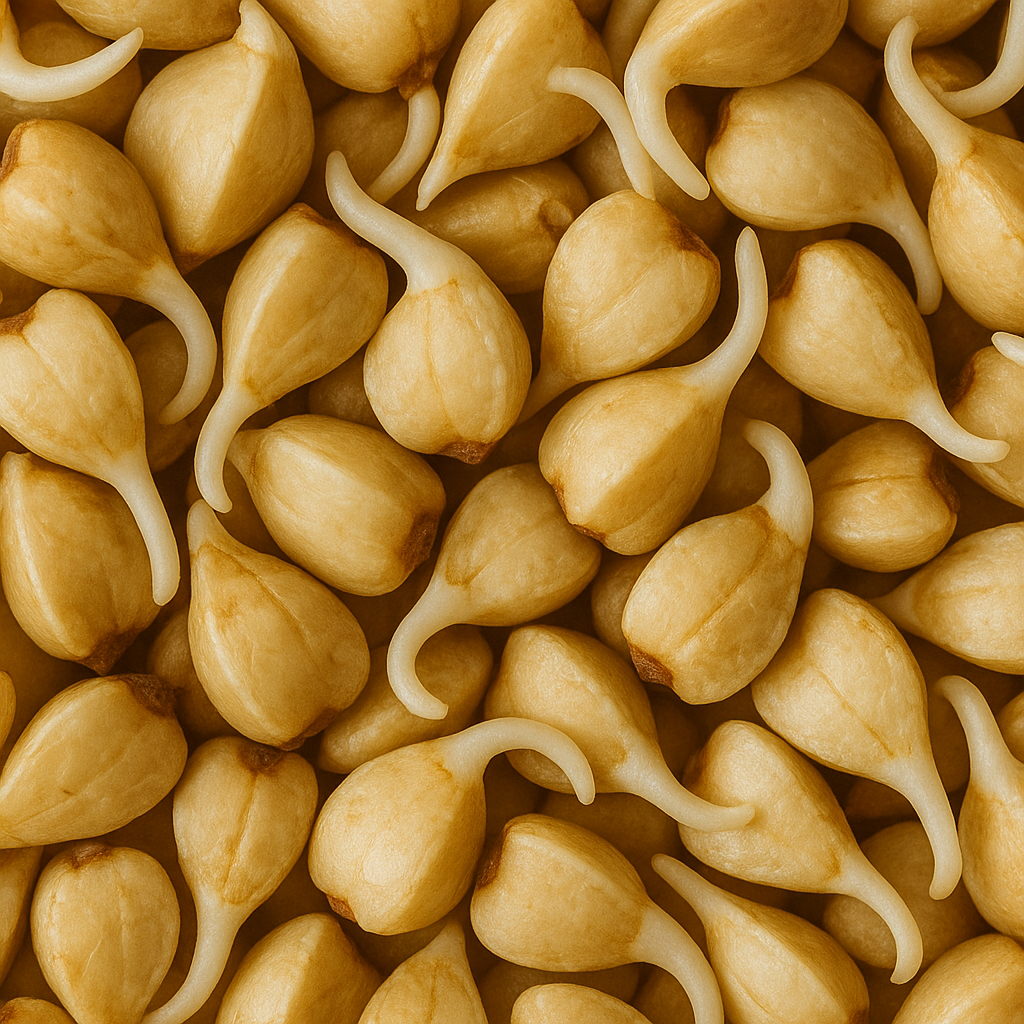
Sprouted Buckwheat
Sprouted quinoa provides all nine essential amino acids, making it a complete plant protein. It’s also high in iron, zinc, and magnesium, and sprouting elevates its folate and vitamin E levels while reducing phytic acid for better mineral absorption.
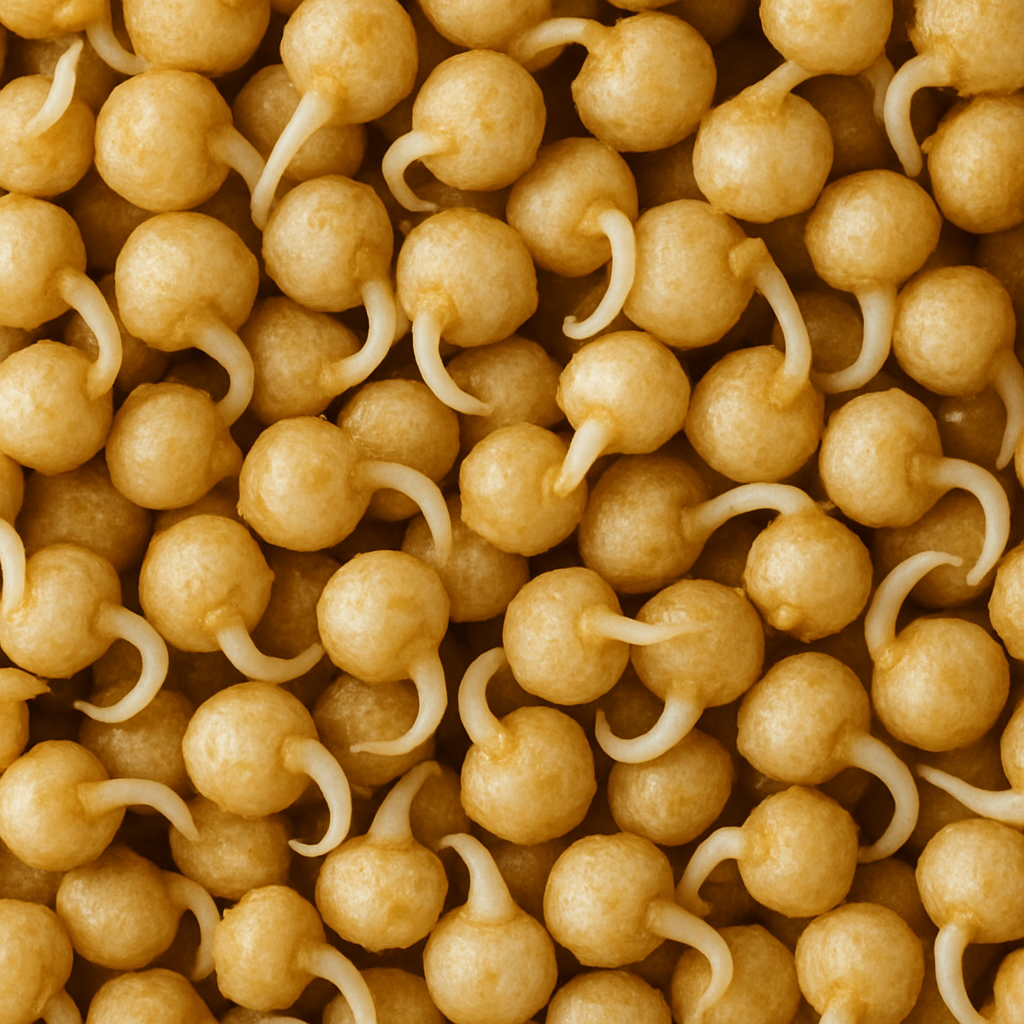
Sprouted Quinoa
Sprouted buckwheat is a powerhouse of rutin, an antioxidant that supports circulation and reduces inflammation. It’s also rich in manganese, copper, and magnesium, and sprouting further enhances its protein quality and antioxidant activity.

